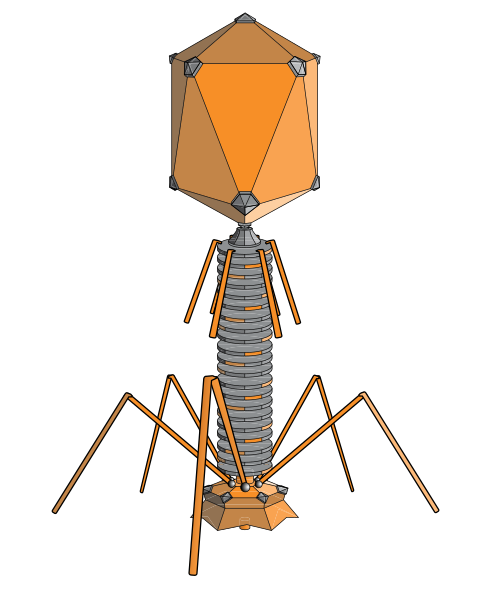
James St. John (2011) CC BY 2.0 via Wikimedia Commons
We have a passenger pigeon at work. Well, technically it is a stuffed passenger pigeon, preserved in a glass case with other taxidermied bird specimens, in one of our classroom spaces. A plaque, “Gift of So and So, 1985,” discreetly emblazons a corner of the case. The birds are a bit dusty and faded, the passenger pigeon itself has bluish gray feathers with pinkish breast, a shape familiar from the mourning doves and urban pigeons we see around town.
Since last passenger pigeon died in captivity in 1914, I know at least *one* of the birds is over 100 years old, not sure about the others. However, the stuffed passenger pigeon is unique among its preserved fellow specimens of North American birds: Its species is extinct.
I vaguely remember learning about extinction as a kid, because…DINOSAURS. (Were they particularly smelly, dinosaurs? Stink-ed? Was that why they all disappeared?)

The spine plates on the stegosaurus model at the Milwaukee Public Museum reminded child-me of the discarded leaves of beloved steamed artichokes (“Look, Ma! Dinosaur peels!”) (Aside: Man, I was a weird kid.)
The poor stuffed passenger pigeon is a kind of species memento mori. “Remember, humans. Your kind shall also eventually perish from the Earth.” Species extinction (hopefully after a good run of a few million years) is a natural part of the evolutionary process. All the cool geological time divisions (Permian, Triassic, Jurassic, etc) are named for observed changes in the fossil species that appear in their rock layers.
But it’s hard not to feel the dusty glass-eyed gaze of the stuffed passenger pigeon as an accusation. Unlike the dinosaurs (who were ultimately doomed by a combination of massive volcanic eruptions, asteroid strike and climate disruption), our modern extinctions can be traced to human destruction of these species’ habitats and populations.
In the New York Times opinion section, philosophy professor Todd May wonders if human extinction would be such a tragedy after all? On the surface, there is a certain poetic justice about it: a) Humans are responsible for other species’ extinction and b) Our wanton destruction of ecosystems only seems to hasten our own species’ demise.
The bulk of the essay hinges on the definition of tragedy (as in Shakespeare), with humanity as the Tragic Hero: “It is humanity that is committing a wrong, a wrong whose elimination would likely require the elimination of the species, but with whom we might be sympathetic nonetheless.”
Poetic justice aside, there is something that is deeply depressing about arguing that (imminent )human extinction is potentially a good thing.
When thinking about the extinction of charismatic megafauna, or rare plants, or even bacteria, we humans have created reasons for why we should save endangered species. These boil down to “Diverse forms of living organisms are valuable to humans. By saving them, we benefit ourselves.” Yet, it doesn’t really answer “What is the inherent value of species? What is the inherent value of humanity?”
On a personal level, everyone I know and love (and even those I don’t) are part of this human planetary experiment. It’s one thing to wax poetic about the romance of extinction on geological time scales. As a human on a human time scale, this awareness of our species’ complicity in other extinctions (and potentially our own) is sad and terrifying. Were the dinosaurs aware their time was coming to an end? Their species extinctions took thousands to millions of years. Were the photosynthetic cyanobacteria of the Paleoproterozoic Oxygenation Event aware their exhalations were rusting the whole planet? Maybe our unique awareness is the guilt we are trying to assuage by grimly examining our own end.
Ambivalently applauding the extinction of humanity is provocative (and cynically satisfying). Yet I think it’s still a fringe philosophical position within the scientific community. Most environmental advocates are firmly in the “Campaign to Save the Humans” camp (with apologies to the late Douglas Adams & the intergalactic dolphins).
Concern for how issues like climate change and persistent environmental endocrine disruptors aren’t theoretical, but directly linked to humanity’s future survival.
Tangents:
R. Alexander Pyron on Protecting Homo Sapiens in the Washington Post.
Nathan J. Robinson Against Human Extinction in Current Affairs.
Extinct Mammals of the Pleistocene at Twilight Beasts
A New History of Life by Peter Ward & Joe Kirschvink (2015)































